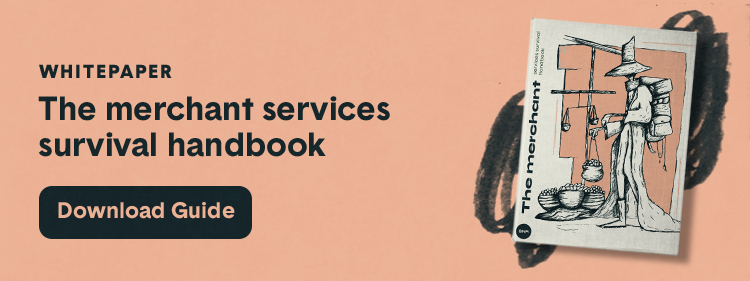You know your business needs a payment processing solution; after all, your customers want to pay in any variety of ways. In North America, hardly anyone carries cash in their wallet anymore. In Canada, more than 70% of all transactions were made with a card in 2015. There’s growing use of mobile payment apps and contactless payment methods. Your business must offer customers all the convenience and choice possible when they make a payment.
That means you need merchant payment processing. You know that you do, but you’re wondering how exactly it works.
Open an Account
The first step in merchant payment processing is for your business to secure a merchant account with a provider. You’ll submit an application to the provider of your choice who then reviews your application.
Once you’ve been approved, the provider will help you set up your merchant payment processing system. Depending on your business and the solutions you want to offer, this can include helping you set up an e-commerce system or a mobile payment app, or delivering POS terminals to your store. Now you’re ready to start accepting payments.
Purchasing and Ordering
When a customer makes a purchase or places an order, you collect their information. With an in-store terminal, the machine collects the customer’s information when they tap, swipe, or insert their card. Online, the customer fills out an order form with their payment details and submits it to you. Mobile works much the same way as a POS terminal, only an app running on a smartphone or tablet collects the information.
Once the purchase is made and the order received, the information is transferred to your merchant services provider via a secure authorization request.
Talking to the Money
The request is then sent on to the bank or card issuer to request transaction authorization. For example, if your customer wants to pay with their Visa card, a request will be made to Visa to authorize the transaction. Visa reviews the customer’s account and confirms or denies the transaction. A transaction will be denied ifthere are many suspicious charges on a customer’s card or if they’ve hit their credit limit.
The decision is usually made very quickly; the information is readily available when a transaction request is made. The issuer sends back approval or denial of the transaction, which is sent to the merchant and then to the customer.
Moving the Money
Once the transaction is approved, the money has to be moved. The issuing bank or card company prepares to transfer the requested funds to the bank or merchant services provider that backs your merchant account. Once the funds are received, they’re routed into your merchant account.
Returns and Chargebacks
No merchant payment processing solution is complete without provisions for returns and chargebacks. A customer changes their mind and returns a product to your store, cancels their order, or argues with you about a charge and you issue a refund or discount. When that happens, you send a request to the merchant services provider to take funds from your account and deposit them back in the customer’s account or put them back to the card.
A chargeback is a little bit different; this happens when the customer disputes the charge with a credit card company rather than the merchant. If a customer believes they have been charged erroneously or fraudulently, they can make a claim with their card company. The company will immediately withdraw the disputed funds from your merchant account and hold them while they investigate the customer’s claims.
If the charge was indeed erroneous, they restore the funds to the customer. Chargebacks are very dangerous for merchants, as they can cause a merchant account to default on its minimums. Always look for a provider that offers plenty of protection for returns and chargebacks.



